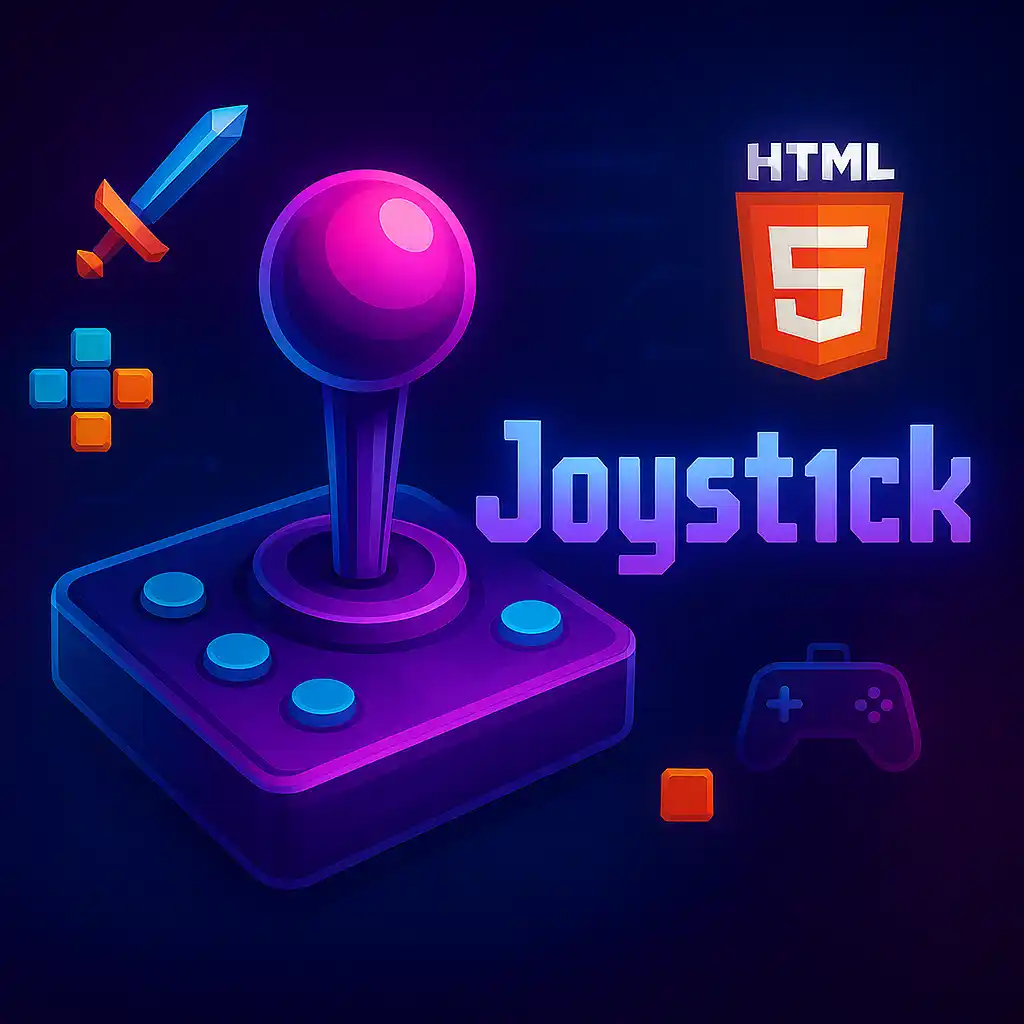Table of Contents
Who this is for: Minecraft players wanting to build engaging obstacle courses for friends or online communities.
Ready to jump in? Play obby games and experience different obstacle course designs firsthand.
Play free games on Playgama.com
Planning Your Minecraft Obby
Creating an obby (obstacle course) in Minecraft starts with choosing the right location and theme. Pick a flat area or create a platform in the sky for better control over your course design. Decide on a difficulty level – beginner courses should focus on basic jumps and simple puzzles, while advanced obbies can include complex redstone mechanisms and precise parkour sequences.
Essential Building Blocks and Materials
Gather key materials before you start building:
- Solid blocks: Stone, cobblestone, or concrete for main platforms
- Slippery blocks: Ice or packed ice for sliding challenges
- Bouncy blocks: Slime blocks for jump boosts
- Redstone components: Pistons, pressure plates, and dispensers for moving obstacles
- Decorative blocks: Wool, terracotta, or stained glass for visual appeal
Core Obstacle Types to Include
Mix different challenge types to keep players engaged. Jumping sections work well with varying gap distances – start with 1-2 block jumps and gradually increase difficulty. Maze segments can incorporate dead ends and hidden passages using trapdoors or secret blocks. Moving obstacles using pistons create timing-based challenges that test player reflexes.
Advanced Mechanics and Redstone Integration
Redstone circuits add dynamic elements to your obby. Create pressure plate triggers that activate moving platforms or open temporary passages. Dispensers can shoot arrows or drop items as obstacles. Use observer blocks to detect player movement and trigger sequential events. Command blocks (in creative mode) enable teleportation checkpoints and custom messages.
Testing and Balancing Difficulty
Playtest your obby extensively before sharing it. Each section should be challenging but fair – if you’re struggling to complete your own course after multiple attempts, consider simplifying that segment. Add checkpoints every 3-5 obstacles so players don’t lose too much progress when they fail. Include clear visual cues like colored blocks or signs to guide players through complex sections.
Ready to explore more challenging obstacle courses? Check out our collection of obby games for inspiration and practice.
TL;DR
Plan your Minecraft obby with varied obstacles like jumps, mazes, and redstone mechanisms. Test thoroughly and add checkpoints for balanced difficulty.
